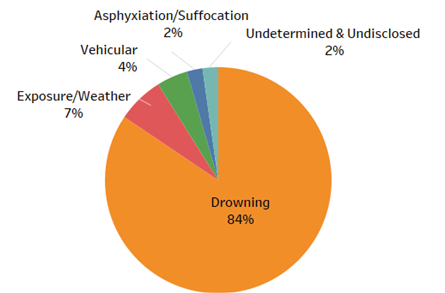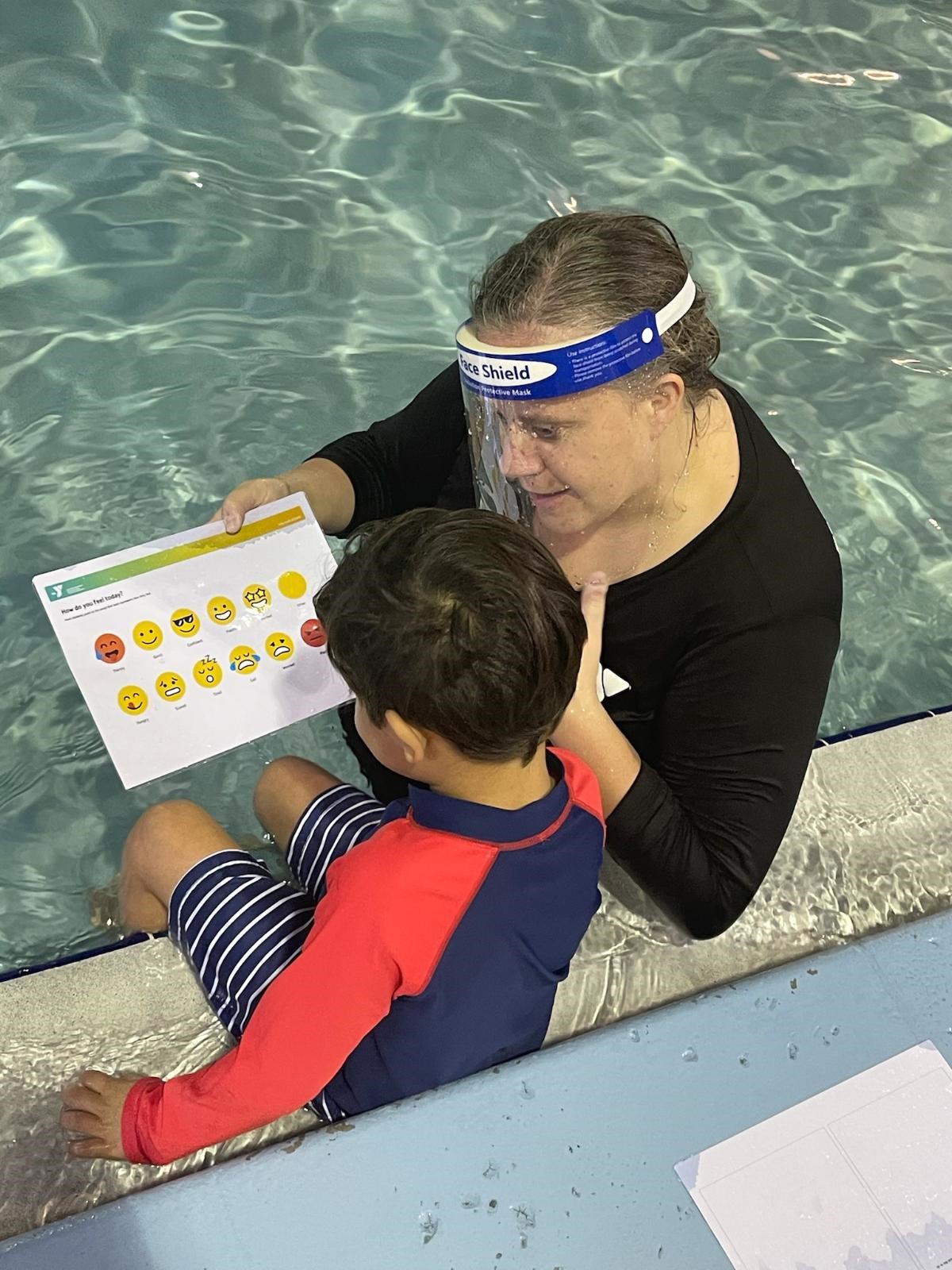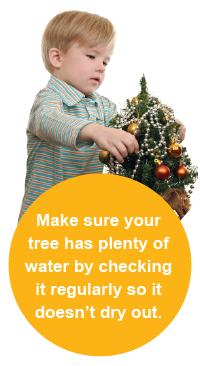Help Find Missing Children. Let's Put An End To Child Abuse And Exploitation... Care.
Overview
NCMEC’s CyberTipline is the nation’s centralized reporting system for the online exploitation of children. The public and electronic service providers can make reports of suspected online enticement of children for sexual acts, child sexual molestation, child sexual abuse material, child sex tourism, child sex trafficking, unsolicited obscene materials sent to a child, misleading domain names, and misleading words or digital images on the internet.
What Happens to Information in a CyberTip?
NCMEC staff review each tip and work to find a potential location for the incident reported so that it may be made available to the appropriate law-enforcement agency for possible investigation. We also use the information from our CyberTipline reports to help shape our prevention and safety messages.
Is Your Image Out There?
One of the worst things about having an explicit image online is feeling like you’re facing everything alone. But you have people who care for you and want to help. Reach out to them!
A trusted adult can offer advice, help you report, and help you deal with other issues. It could be your mom, dad, an aunt, a school counselor, or anyone you trust and are comfortable talking to. You can also “self report” by making a report on your own to the CyberTipline.
Families of exploited children often feel alone in their struggle and overwhelmed by the issues affecting their lives. NCMEC provides assistance and support to victims and families such as crisis intervention and local counseling referrals to appropriate professionals. Additionally, NCMEC’s Team HOPE is a volunteer program that connects families to others who have experienced the crisis of a sexually exploited child.
Having a sexual exploitative image of yourself exposed online is a scary experience. It can make you feel vulnerable and isolated, but remember, others have been in the same situation as you – and they’ve overcome it. Learn the steps you can take to limit the spread of the content.
By the Numbers

In 2020, reports to the CyberTipline increased by 28% from 2019.
The 21.7 million reports of child sexual exploitation made to the CyberTipline in 2020 included 65.4 million images, videos and other files. These materials contained suspected child sexual abuse material (CSAM) and other incident related content.

Electronic Service Providers make the majority of reports, but reports of online sexual exploitation from the public more than doubled in 2020.
More
Learn more about online exploitation and safety.

Production and Active Trading of Child Sexual Exploitation Images Depicting Identified Victims














 It’s the holiday season again, a time when we enjoy festive meals with family and friends, deck our halls with colorful decorations and listen to squeals of delight as our children open their brightly-wrapped presents. To help ensure your kids have fun and stay safe this holiday, here are a few tips to remember.
It’s the holiday season again, a time when we enjoy festive meals with family and friends, deck our halls with colorful decorations and listen to squeals of delight as our children open their brightly-wrapped presents. To help ensure your kids have fun and stay safe this holiday, here are a few tips to remember.







